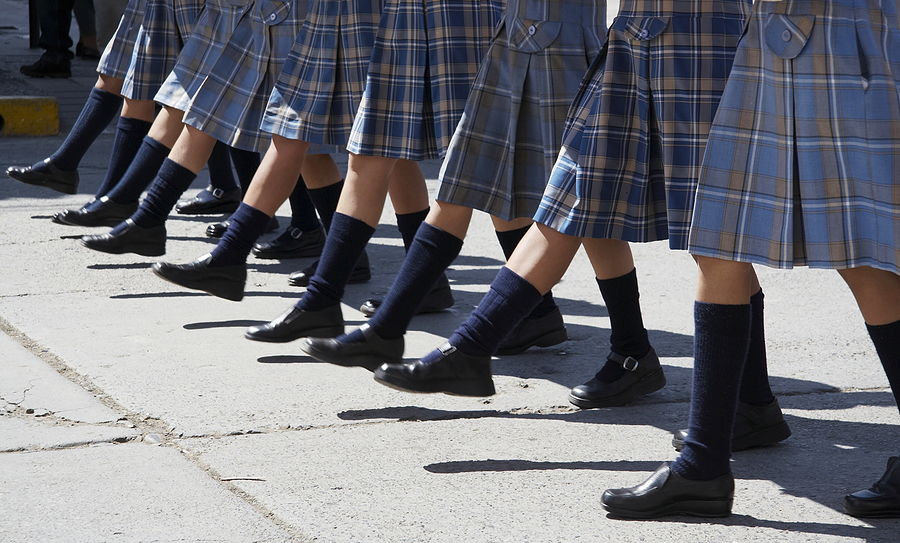For many parents looking into private school options – the price tags stop the search in its tracks. To many families, the prospect of covering yearly tuition ranging from four thousand to sixty-five thousand dollars seems impossible. Fortunately, the myth that private schools are solely for society’s elite is now a rather antiquated notion.
Schools now actively seek a diverse student population, from ethnicity to socio-economic status, to better reflect the real world.
Here’s how private school is becoming a real financial possibility for all types of families: • Specialized payment Canada’s independent schools may target up to 20 per cent of their student population for financial assistance. Many schools are open to developing payment plans with their parents, other schools offer sibling discounts from five to ten per cent, or even higher depending on the number of children. • Bursaries If a family demonstrates enough financial need, they may qualify for a non-repayable grant that will cover a portion, sometimes all, of the school’s tuition costs. But applications for bursaries are often quite thorough, requiring details about family income, real estate assets, vehicles, investments, and liabilities, and often require a fee themselves of up to sixty-five dollars.
• Scholarships Scholarships reward students who are entering into a new school, or have achieved outstanding success in academics, sports, arts, or community service, among other fields. Like bursaries, they sometimes cover all school costs but most often require payments made by the family.
• Scholarship Foundations
Children First: School Choice Trust is an example of a private foundation that provides scholarships for lower income families wanting to send their children to a private elementary school. Today, Children First has helped over seven hundred children in Ontario attend the private elementary school of their choice.

• Tax Credits A portion of private school fees that relate to child care services for students under age 16 may be deductible as a child care expense, and if a school is a registered charity or provides both academic and religious teaching, parents may be able to claim a charitable donation tax credit. Depending on the programs a child is enrolled in, they may qualify for the children’s fitness tax credit or the child disability benefit, or even the transit pass credit if a child must commute to school.
• Savings Plans There are several savings options for school tuition, including mutual funds, formal and informal trust funds, and the Registered Education Savings Plan. Mutual funds are the most flexible, while recipients of an informal trust fund must wait until they are eighteen-years-old to access it. Formal trust funds deal with amounts over fifty thousand dollars and come with more specific requirements. The Registered Education Savings Plan is a federal program that allows families to build an education fund for each child up to $4,000 a year, but must be used for post-secondary education by the time the child is twenty-one. Our Kids Media publishes Our Kids Go To School magazine—The Annual Guide to Private Schools, powers the school search on www.OurKids.net, and hosts four annual Private School Expos across Canada




There are no comments
Add yours